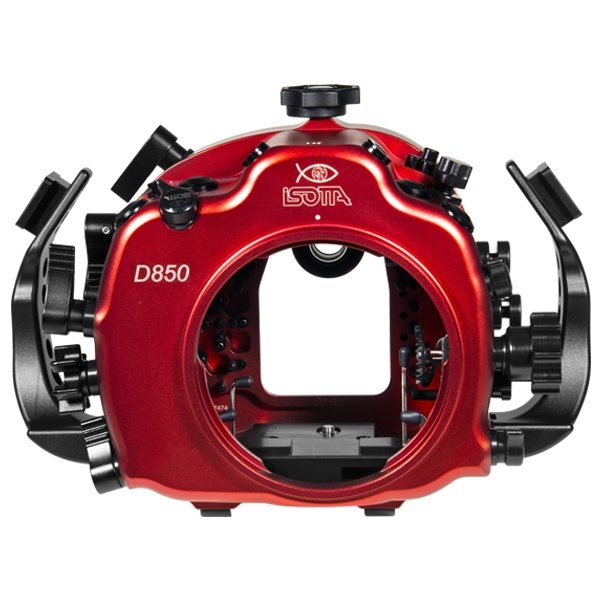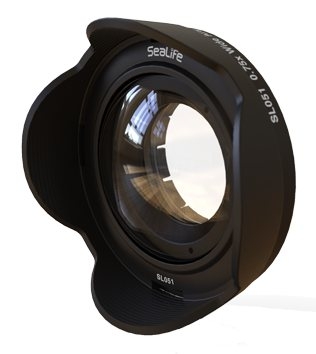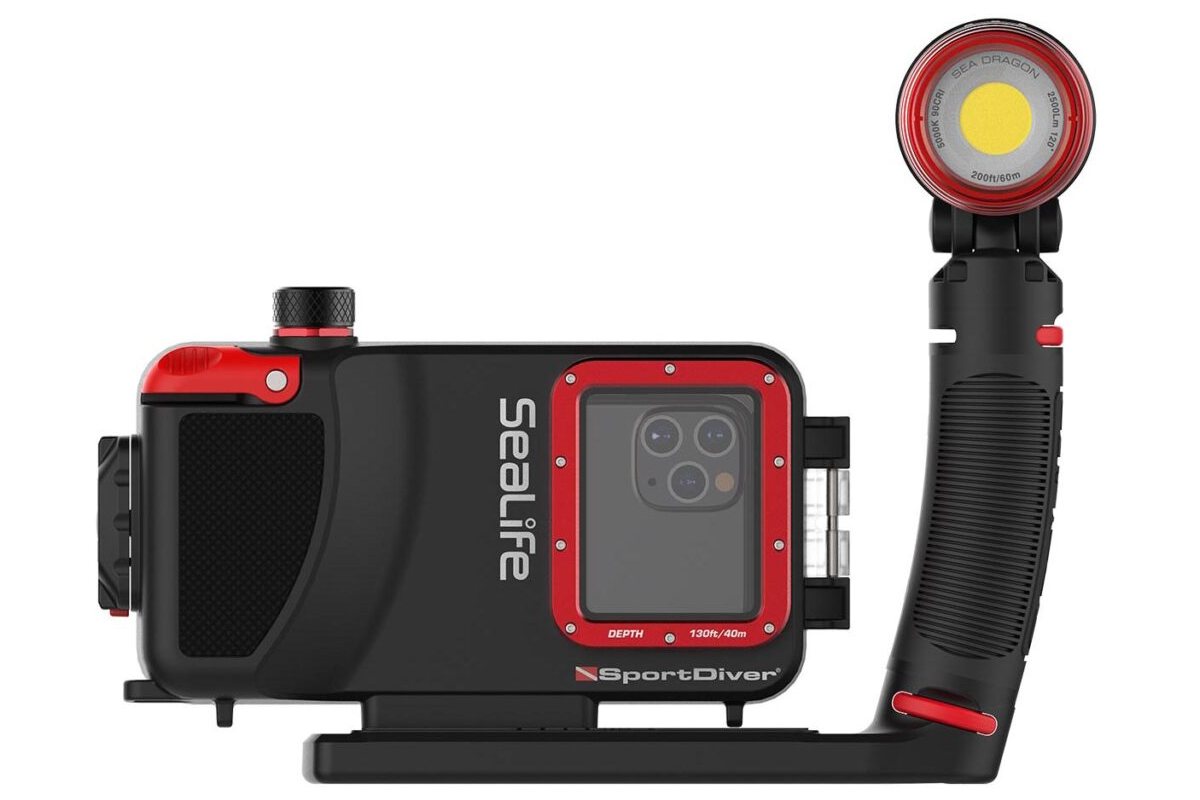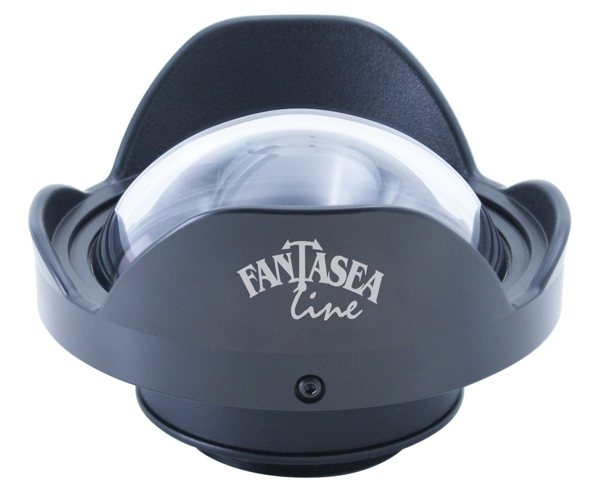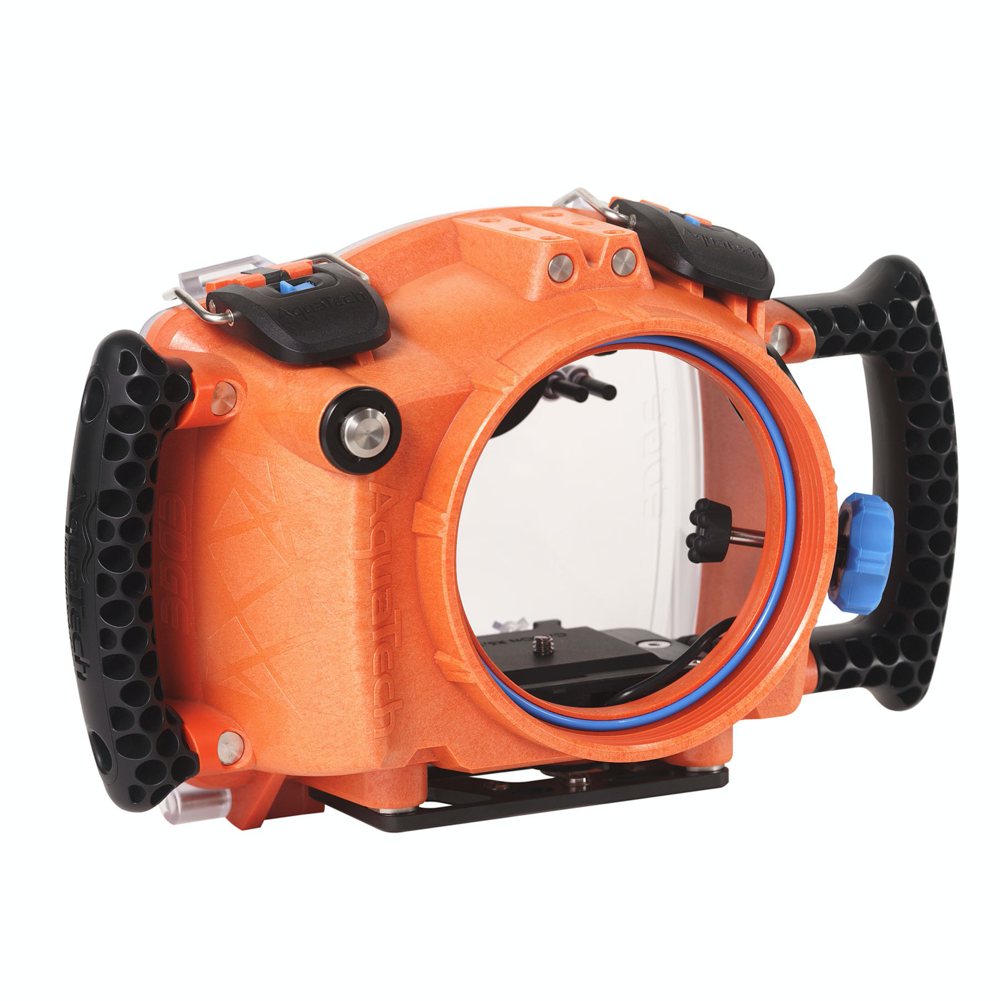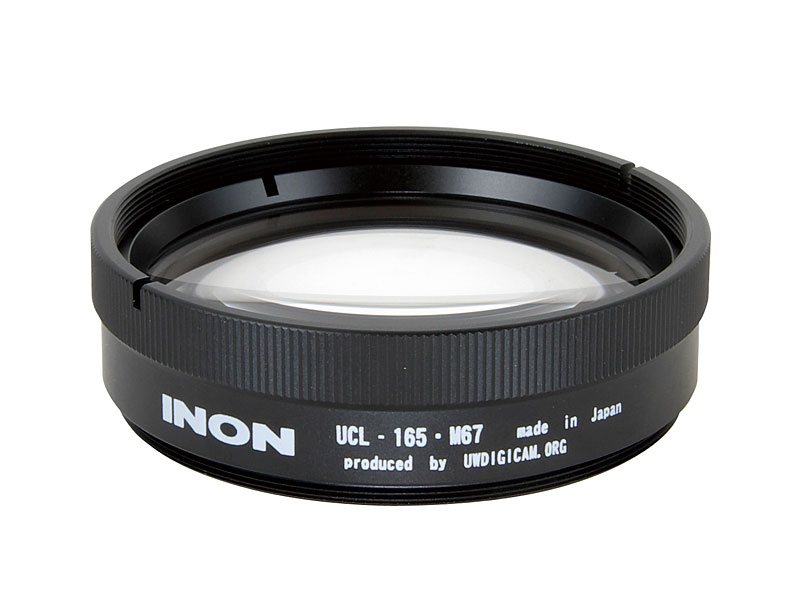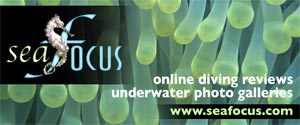- Home
- Directory
- Shop
- Underwater Cameras - Photographic Accessories
- Smartphone Housings
- Sea Scooters
- Hookah Dive Systems
- Underwater Metal Detectors
- Dive Gear
- Dive Accessories
- Diving DVD & Blu-Ray Discs
- Diving Books
- Underwater Drones
- Drones
- Subscriptions - Magazines
- Protective Cases
- Corrective Lenses
- Dive Wear
- Underwater Membership
- Assistive Technology - NDIS
- On Sale
- Underwater Gift Cards
- Underwater Art
- Power Stations
- Underwater Bargain Bin
- Brands
- 10bar
- AOI
- AquaTech
- AxisGo
- Backscatter Underwater Video and Photo
- BLU3
- Cayago
- Chasing
- Cinebags
- Digipower
- DJI
- Dyron
- Edge Smart Drive
- Eneloop
- Energizer
- Exotech Innovations
- Fantasea
- Fotocore
- Garmin
- Geneinno
- GoPro
- Hagul
- Hydro Sapiens
- Hydrotac
- Ikelite
- Indigo Industries
- Inon
- Insta360
- Intova
- Isotta Housings
- Jobe
- JOBY
- Kraken Sports
- LEFEET
- Mirage Dive
- Nautica Seascooters
- Nautilus Lifeline
- NautiSmart
- Nitecore
- Nokta Makro
- Oceanic
- Olympus
- OM System
- Orca Torch
- Paralenz
- PowerDive
- QYSEA
- Scubajet
- Scubalamp
- Sea & Sea
- SeaDoo Seascooter
- SeaLife
- Seavu
- Shark Shield
- Sherwood Scuba
- Spare Air
- StickTite
- Sublue
- Suunto
- SwellPro
- T-HOUSING
- Tusa
- U.N Photographics
- Venture Heat
- XTAR
- Yamaha Seascooter
- Youcan Robot
SCUBA Diving and Asthma
Contributed by Nerissa Penfold
For as long as I can remember I wanted to SCUBA dive. I remember being fascinated by my dad’s cylinders of air with yellow flaking paint and belts of lead weights that lay around the house, and the promise of what lay beneath the surface of the sea. As luck would have it, by the time I seriously started thinking about diving I had been diagnosed with adult asthma. More than 10% of Australians (over 2 million people) suffer from asthma and Australian doctors are renowned for being conservative when it comes to diving medicine. A diagnosis of asthma will almost certainly preclude you from SCUBA diving.
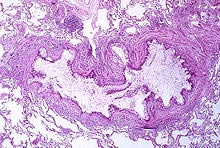 Asthma is viewed as a serious risk factor for a number of
reasons.
An asthmatic may be more prone to lung overexpansion injury if
narrowing of the airways occurs during the dive and trapped air expands
during ascent. A further risk is the use of bronchodilators such as
Ventolin which may reduce the lungs’ effectiveness in filtering out
nitrogen bubbles, potentially increasing the risk of suffering an
arterial gas embolism. Additionally, simply breathing cool,
dry air,
sometimes contaminated by salt water, can cause an asthma attack – a
severely risky proposition when underwater at depth.
Asthma is viewed as a serious risk factor for a number of
reasons.
An asthmatic may be more prone to lung overexpansion injury if
narrowing of the airways occurs during the dive and trapped air expands
during ascent. A further risk is the use of bronchodilators such as
Ventolin which may reduce the lungs’ effectiveness in filtering out
nitrogen bubbles, potentially increasing the risk of suffering an
arterial gas embolism. Additionally, simply breathing cool,
dry air,
sometimes contaminated by salt water, can cause an asthma attack – a
severely risky proposition when underwater at depth.
I scoured the internet looking for information about diving with asthma. Opinions on the topic were varied and there were major differences in rules set by the certifying bodies in different countries. The UK for instance seems to be quite relaxed in its approach to asthmatic divers, whereas Australia has very strict guidelines. Even amongst the medical profession and asthma foundations there are varying opinions. Asthma NSW puts SCUBA diving in the category of sports that asthmatics should absolutely avoid. Dr David Batt from the National Asthma Council of Australia however believes that an asthma sufferer, in consultation with their doctor, and with the assistance of lung function testing, should make an informed decision whether or not to dive.
The consensus seemed to be that if the asthma is mild, controlled, not exercise induced and is without acute “attacks”, the sufferer could potentially still dive. Many sources recommended the hypertonic saline challenge test to determine if airway narrowing occurs when breathing in air and saline mist. Armed with this information and confident that with my symptoms I would be passed fit, I went to see the dive doctor for a medical. The doctor immediately referred me to the Department of Respiratory Medicine at the Prince of Wales Hospital, Randwick in Sydney to undergo the bronchial challenge test. He was not confident of a positive outcome and tried to assure me that I could still be a “great snorkeller”. I made an appointment at the hospital and was advised not to take any preventer or reliever medication in the 24 hours prior to the test.
On the day of the test I arrived at the hospital full of expectation, aware that very soon I would know whether I could fulfil a lifetime’s ambition to SCUBA dive. The technician who ran the procedure advised that the test would take about half an hour. During this time I would be exposed to saline, in the same concentration as sea water, via a nebuliser. Initially I would be exposed for 30 seconds, followed by a spirometer test to measure lung function. The period of exposure was then doubled each time until the final 8 minute exposure. Before the test commenced 3 spirometer readings were taken and averaged. In order to “pass” the test your lung function must decrease by no more than 10% from the baseline reading. A reduction in lung function of more than 10% would most likely result in the test being terminated and me going home disappointed.
Breathing in the nebulised saline was a strange sensation. It was dry, uncomfortable and induced a slight burning sensation in my throat, whilst the condensation forming in the nebuliser mask caused salty water to drip down my face and all over my clothes. In between each exposure I would cough and feel a need to drink water, but amazingly my spirometer readings showed improvement after some exposures and after the 8 minute exposure only displayed a 3% decrease in function.
The smile didn’t leave my face for the rest of the day! The remainder of my dive medical went smoothly and I got the all clear to dive. Two weeks later I completed the PADI Open Water certification and experienced no issues with my breathing, just amazement that I was finally breathing underwater. A year on and now with the Advanced Open Water certification I’ve notched up 50 dives and have travelled to some amazing places including Truk Lagoon and the Coral Sea. And I still haven’t experienced any asthma-like symptoms underwater. For me, the hypertonic saline opened up a whole new (underwater) world.
Of course, everyone is different and you should never make any change to your asthma medication or treatment plan without first consulting your doctor.
References:
Shopfront
-
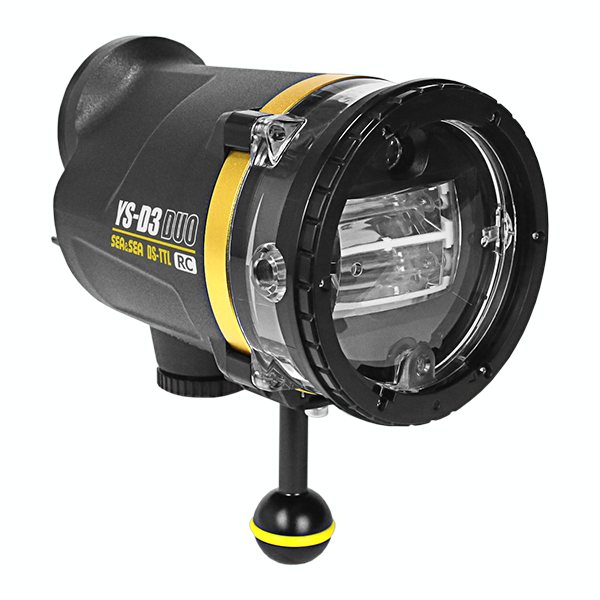 Sea & Sea YS-D3 DUO Strobe
Sea & Sea YS-D3 DUO Strobe
- Price A$ 1,299.00
-
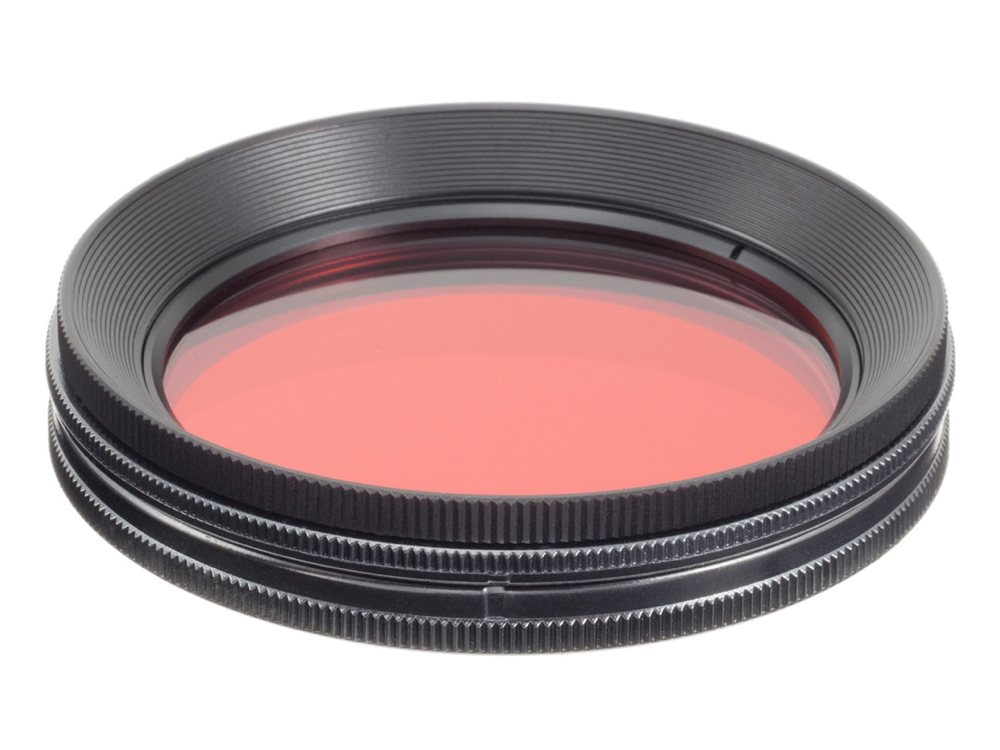 Inon UW Variable Red Filter M67
Inon UW Variable Red Filter M67
- Price A$ 239.95
-
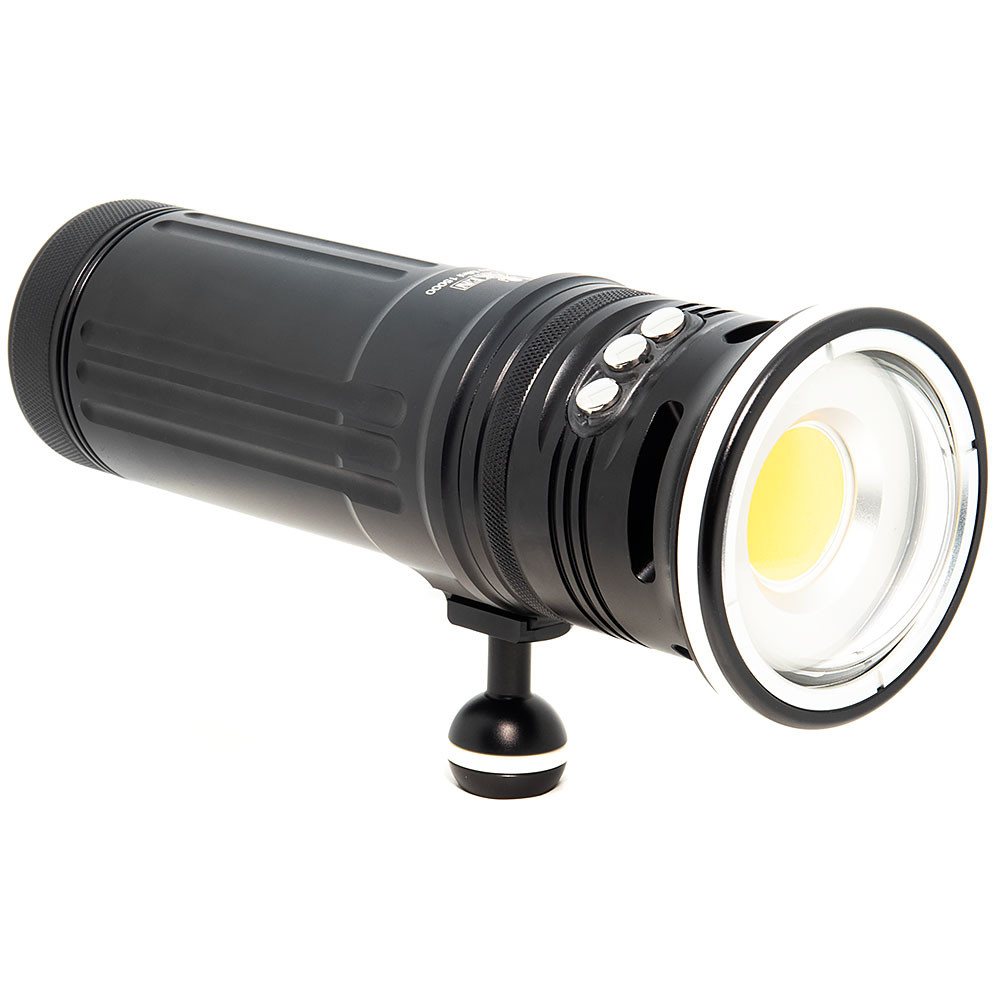 Kraken Sports Solar Flare Mini 18000 Underwater Video Light
Kraken Sports Solar Flare Mini 18000 Underwater Video Light
- Price A$ 1,149.00
-
 Sealife Sea Dragon Duo 10K+ Color Boost Set
Sealife Sea Dragon Duo 10K+ Color Boost Set
- Price A$ 2,395.00
-
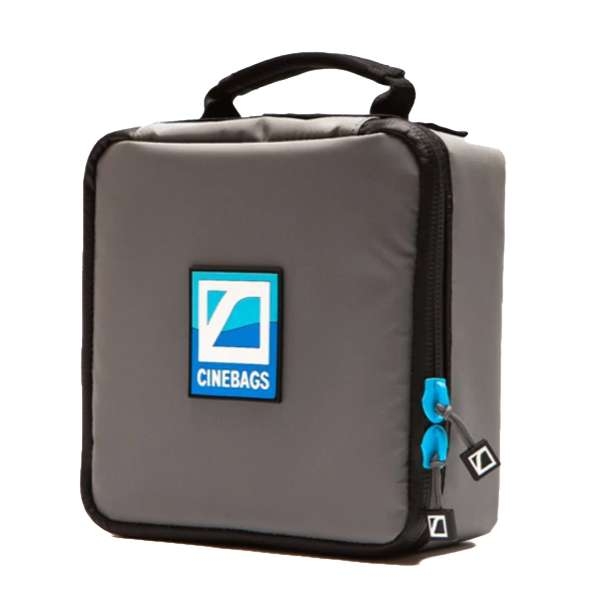 CineBags - CB74 Dome Port Case
CineBags - CB74 Dome Port Case
- Price A$ 123.95
-
 Kraken Remote Control RC02
Kraken Remote Control RC02
- Price A$ 379.00
-
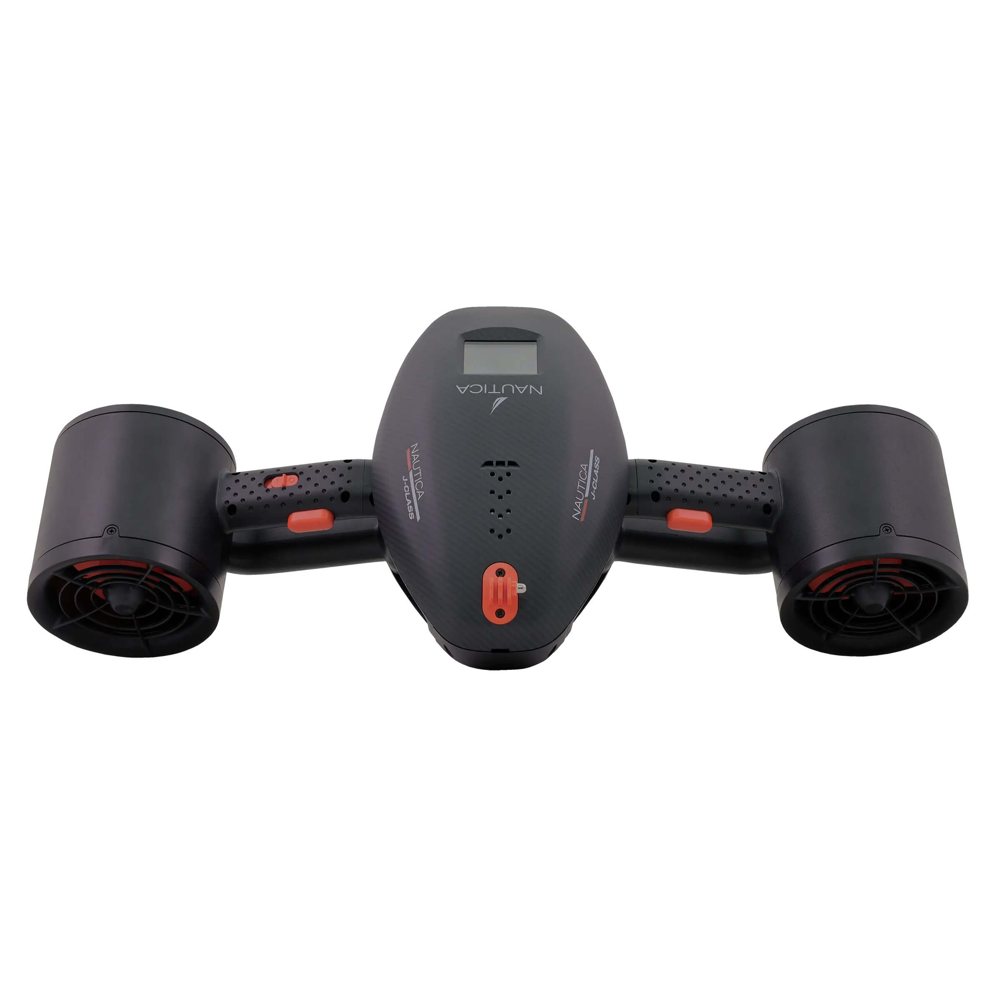 Nautica J-Class Seascooter
Nautica J-Class Seascooter
- Price A$ 1,499.00
-
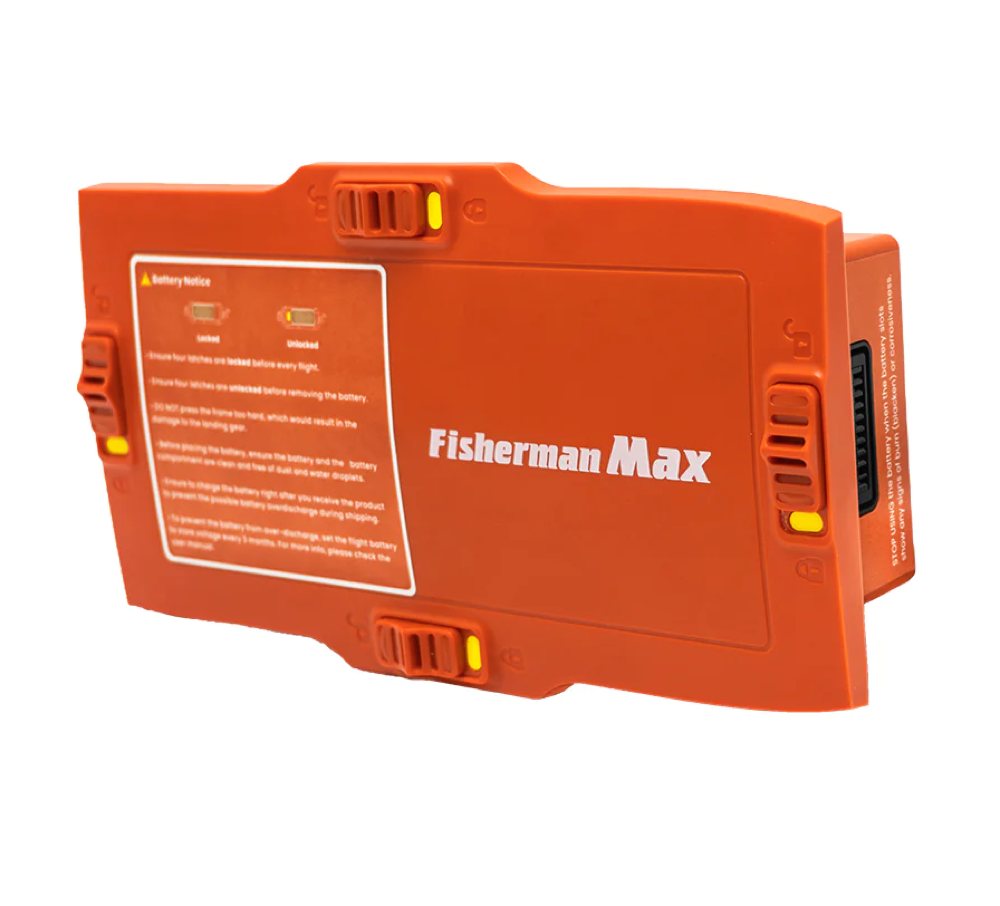 SwellPro Fisherman MAX 4500mAh 6S LiPo Flight Battery
SwellPro Fisherman MAX 4500mAh 6S LiPo Flight Battery
- Price A$ 429.00
In the Directory

 Sea-Doo Seascooter Australia
Sea-Doo Seascooter Australia
Exclusive official distributor and dealer for SEA-DOO Seascooters in Australia and New Zealand. The revolutionary SeaDoo Seascooter series feature the lightest and most efficient personal water propellers in the world at a price that won't break the bank.
 AquaTech Australia
AquaTech Australia
Since 1998 AquaTech has been at the forefront of the design and manufacture of professional photographic accessories.



